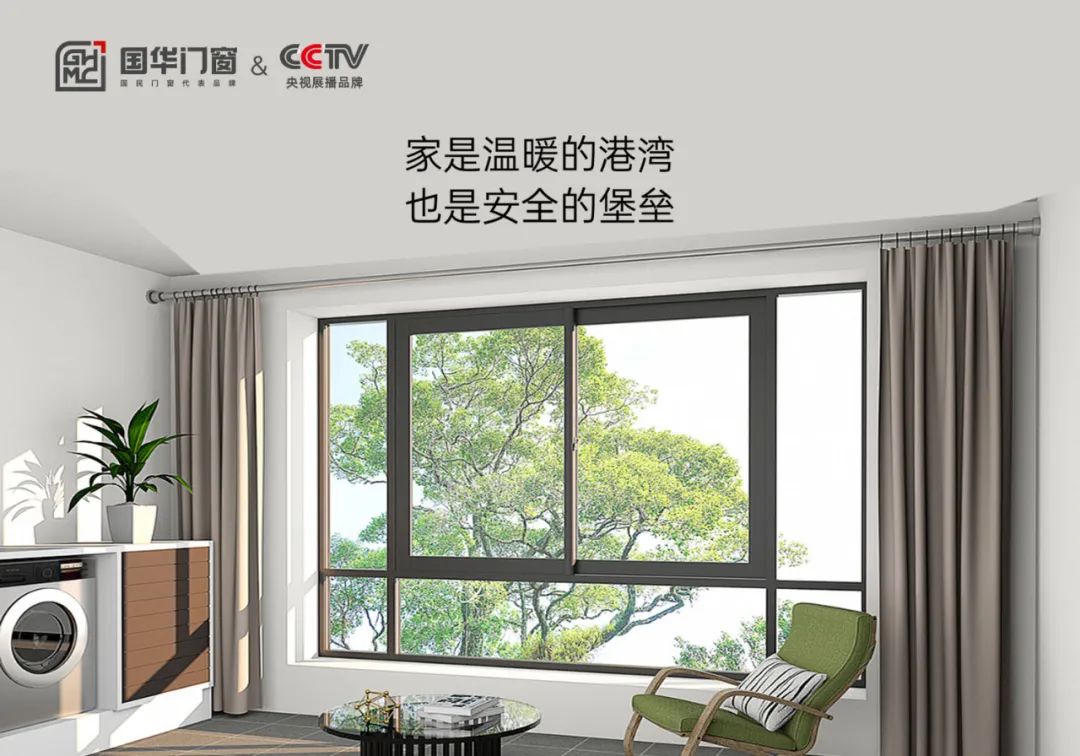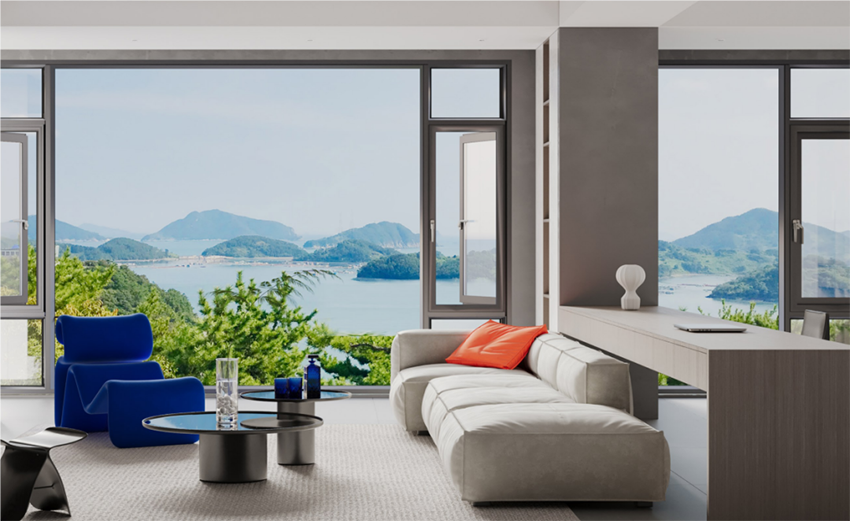- English
- Español
- Português
- русский
- Français
- 日本語
- Deutsch
- tiếng Việt
- Italiano
- Nederlands
- ภาษาไทย
- Polski
- 한국어
- Svenska
- magyar
- Malay
- বাংলা ভাষার
- Dansk
- Suomi
- हिन्दी
- Pilipino
- Türkçe
- Gaeilge
- العربية
- Indonesia
- Norsk
- تمل
- český
- ελληνικά
- український
- Javanese
- فارسی
- தமிழ்
- తెలుగు
- नेपाली
- Burmese
- български
- ລາວ
- Latine
- Қазақша
- Euskal
- Azərbaycan
- Slovenský jazyk
- Македонски
- Lietuvos
- Eesti Keel
- Română
- Slovenski
- मराठी
- Srpski језик
When choosing doors and windows, you can never go wrong by looking at these five performance indicators
2025-07-15

01 Thermal insulation
[1-10 levels, the higher the level, the better] Thermal insulation is called K value in professional terms for doors and windows. K value is also called heat transfer coefficient, which refers to the amount of heat transferred through 1 square meter of area in 1 hour when the air temperature difference on both sides of the enclosure structure is 1 degree (K, °C) under stable heat transfer conditions. Thermal insulation performance is divided into 10 levels in total. The higher the level, the smaller the thermal insulation coefficient K value, the better the thermal insulation performance, and the better the energy-saving and environmental protection effect.
02 Sound insulation
[1-6 levels, the higher the level, the better] Sound insulation performance refers to the ability of doors and windows to ensure that the room is away from the outside noise to a certain extent when they are normally closed. Doors and windows with a sound insulation performance of level 6 can reduce outdoor noise by more than 45 decibels. People whose windows are close to the road and who are sensitive to sound should focus on the sound insulation performance of doors and windows when purchasing doors and windows.
03 Watertightness
[1-6 levels, the higher the level, the better] Watertightness reflects the ability of doors and windows to prevent water penetration and drainage under the action of wind and rain when they are normally closed. Windows with good watertightness can effectively prevent rainwater from invading the internal structure of doors and windows, and extend the service life of doors and windows.
04 Airtightness
[1-8 levels, the higher the level, the better] Airtightness refers to the ability of doors and windows to prevent air penetration when they are normally closed. Doors and windows with high airtightness can easily withstand the return of the south wind and haze weather.
05 Wind pressure resistance
[1-9 levels, the higher the level, the better] Wind pressure resistance refers to the ability of closed external doors and windows to not be damaged (such as cracking, panel damage, bonding failure, etc.) and hardware loosening and other functional disorders under the action of wind pressure. The higher the residential building, or the closer to the coastal areas with frequent typhoons, the more priority should be given to this performance.



